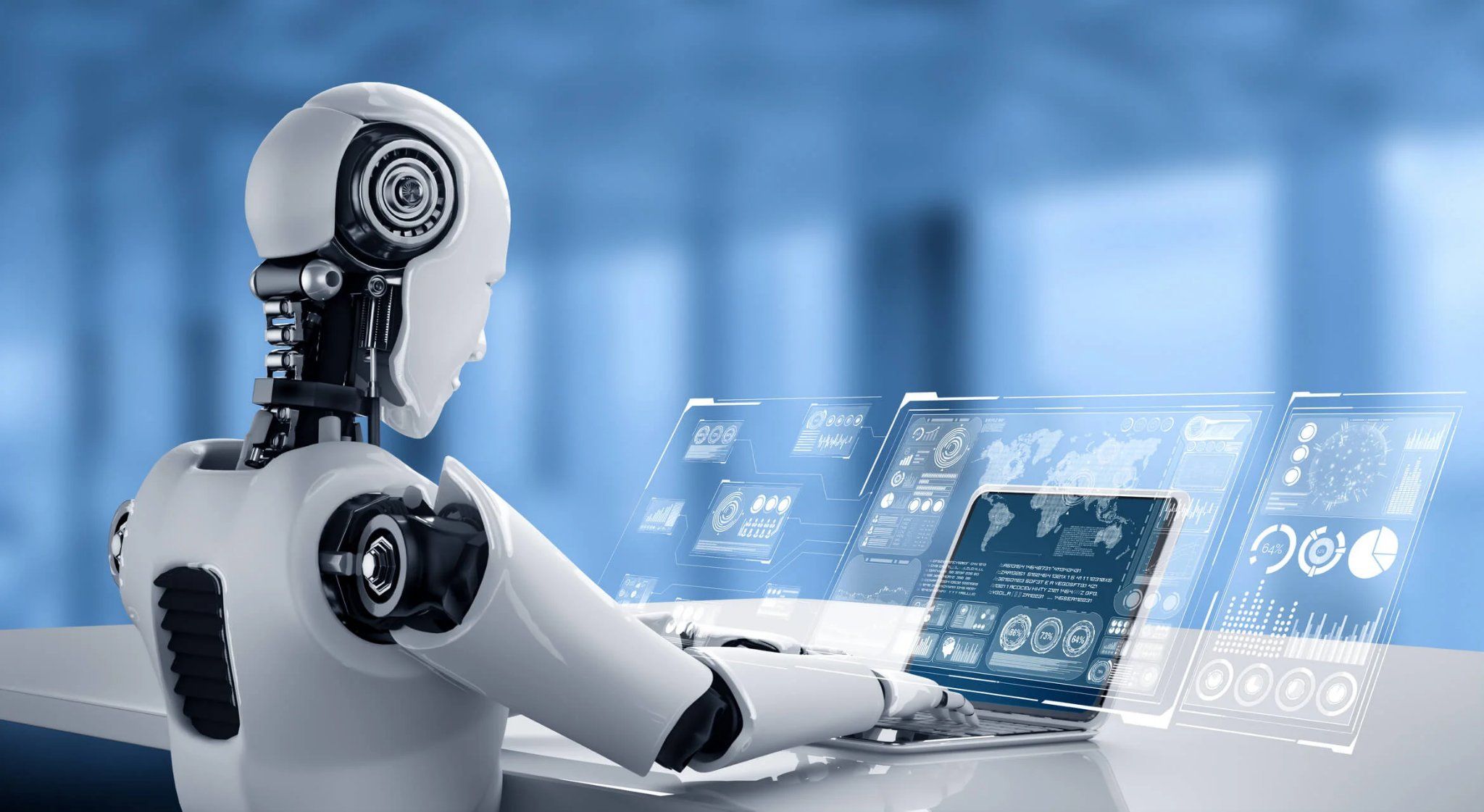In the rapidly evolving landscape of cybersecurity, artificial intelligence AI tools are playing a pivotal role in shaping the future of digital defense. As cyber threats become increasingly sophisticated and widespread, traditional security measures alone are no longer sufficient to safeguard against the myriad of risks that organizations face today. AI-powered solutions are leveraging machine learning algorithms to detect anomalies, predict potential breaches, and respond in real time to prevent attacks. These advanced systems can analyze vast amounts of data at unprecedented speeds, enabling them to identify patterns and trends that might otherwise go unnoticed by human analysts. By automating these processes, AI significantly reduces the time required to detect and mitigate threats, providing organizations with a robust defense mechanism against malicious activities. One of the most significant advantages of AI in cybersecurity is its ability to adapt and learn over time. Unlike traditional security measures that rely on predefined rules and signatures, AI systems can evolve as new threats emerge. This adaptability allows them to stay ahead of attackers by continuously updating their knowledge base and improving their detection capabilities.

Through the process of machine learning, AI tools can recognize subtle changes in behavior patterns, identify zero-day vulnerabilities, and predict the tactics of sophisticated cybercriminals. This dynamic response to new threats ensures that security measures remain relevant and effective in the face of an ever-changing threat landscape. AI also enhances the efficiency of cybersecurity operations by automating routine tasks and processes. From monitoring network traffic to scanning for vulnerabilities, AI tools can handle these functions with minimal human intervention. This not only saves time and resources but also allows cybersecurity professionals to focus on more complex tasks, such as threat hunting and incident response. Automation reduces the potential for human error and ensures that security measures are consistently applied across an organization. Additionally, AI-driven solutions can prioritize alerts based on the severity of the threat, enabling faster decision-making and intervention. This proactive approach to cybersecurity helps organizations to respond swiftly to emerging threats and to prevent potential breaches before they occur.
Moreover, the integration of best ai platforms in cybersecurity provides valuable insights through data analysis. By processing vast amounts of data from various sources, including social media, email traffic, and network logs, AI can detect early signs of suspicious activity. This ability to correlate and analyze disparate data points enables organizations to identify threats that might otherwise go unnoticed. Furthermore, AI can provide context to these insights, helping security teams understand the potential impact of a breach and the steps required to mitigate it. This level of detailed analysis allows for a more comprehensive approach to cybersecurity, blending automated threat detection with human expertise to respond effectively to complex threats. As AI tools become more sophisticated, they are increasingly being used to complement existing security measures rather than replace them entirely. The collaborative approach, combining human intelligence with AI capabilities, is proving to be the most effective strategy in cybersecurity. Humans bring critical thinking, intuition, and experience to the table, while AI brings speed, precision, and scalability.